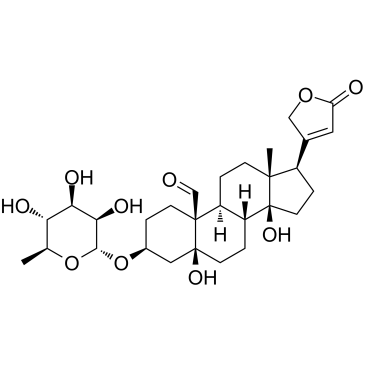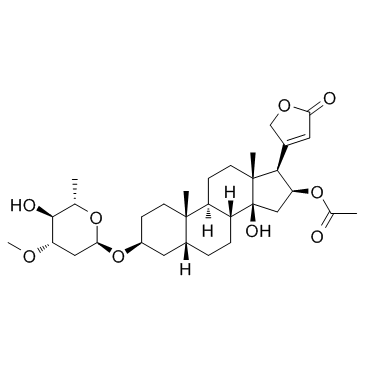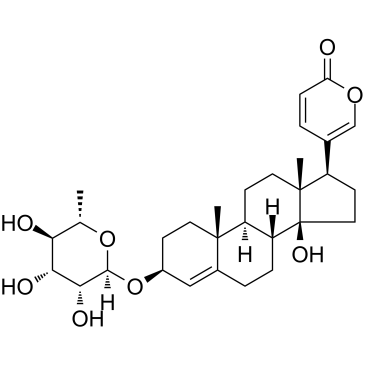| Structure | Name/CAS No. | Articles |
|---|---|---|
 |
CONVALLATOXIN
CAS:508-75-8 |
|
 |
Oleandrin
CAS:465-16-7 |
|
 |
Digitoxin
CAS:71-63-6 |
|
 |
Proscillaridin A
CAS:466-06-8 |